/https://storage.googleapis.com/s3-autonomous-upgrade-3/static/upload/images/new_post/heres-how-to-actually-get-rid-of-your-paper-clutter-604-1599943799946.jpg)
Here’s How to Actually Get Rid of Your Paper Clutter
It’s easy to let paper clutter pile up. Clutter easily accumulates with a busy schedule; the two go hand in hand. Considering the amount of paper that flows into our homes every day, it’s no wonder that we can’t keep up. And with a task that daunting, it can be difficult to know where to start. Between COVID-driven home cleanings and remote work under many of our belts, it’s more important than ever to keep a tidy workspace -- whether that be at home, in the office or on the road.
Take it easy!
While it’s tempting to procrastinate on addressing all of that mail and paperwork, it will only become overwhelming the longer you wait. Of course, easier said than done. If you’re ready to get rid of that paper clutter for good, here’s how.
1. Recycle, recycle, recycle
The best way to discard paper clutter is to follow the general rule of thumb: Discard everything. That’s not to say essential documents should immediately be tossed into the shredder, but this resolve is imperative to ensure that you only choose what is absolutely necessary to keep and recycle the rest. It can be easy to let paper pile up in your office. However, the more paper we accumulate, the more time it takes to find a particular document and keep everything in order.
According to the experts, a good way to start is by gathering all of your paper and looking at each individual document at a time. Make sure to open any closed mail that may have gone unnoticed and check each page diligently to ensure that unwanted leaflets or other material aren’t hidden in the piles.
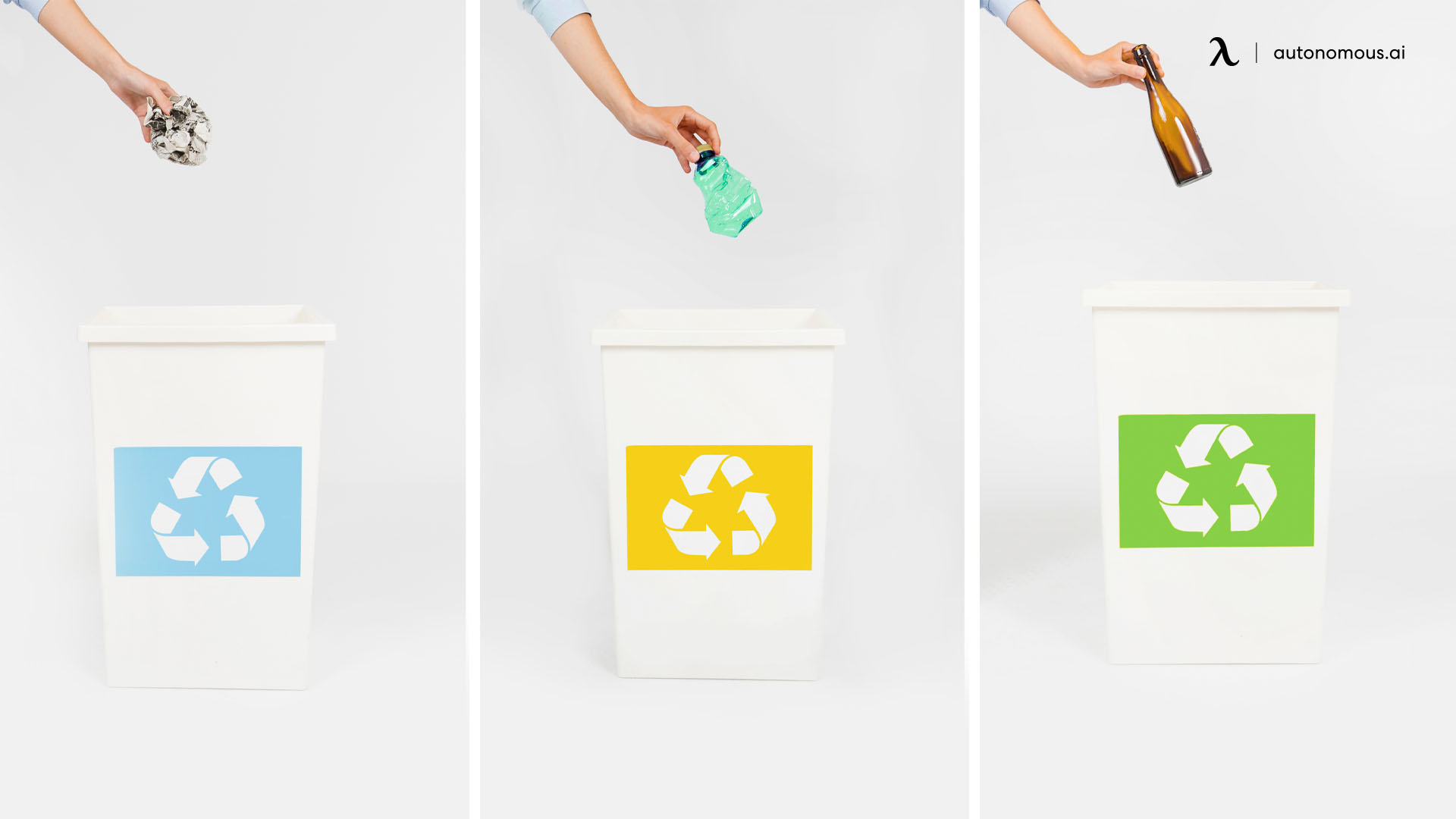 While you are skimming through each page, it can be helpful to start sorting the paper into categories. This will come in handy later when you start to file the essential documents. To keep things as simple as possible, broadly divide your categories as follows: pending paper, the paper that you have to save, and the paper that you want to save. The pending category can include papers that require a follow-up action that you need to take at a later point time. For example, this might include outstanding bills, documents that require your signature, or correspondence that warrants a reply. Consider storing these papers separately from your other categories to make follow-ups quicker and easier.
While you are skimming through each page, it can be helpful to start sorting the paper into categories. This will come in handy later when you start to file the essential documents. To keep things as simple as possible, broadly divide your categories as follows: pending paper, the paper that you have to save, and the paper that you want to save. The pending category can include papers that require a follow-up action that you need to take at a later point time. For example, this might include outstanding bills, documents that require your signature, or correspondence that warrants a reply. Consider storing these papers separately from your other categories to make follow-ups quicker and easier.
2. Paper clutter management with digital copy
After that, take a look at the paper pile you absolutely have to keep. This might include bills, invoices, sensitive documents, or other financial records. Pause to take a second consideration regarding whether it is essential to keep this paper. Consider whether it is possible to keep a digital copy instead. If it is not necessary to keep the originals, you can opt to scan and store them electronically.
In fact, you might find that a majority of this pile can be stored digitally, so it will be beneficial to create a separate pile for the papers that need to be scanned and uploaded. This will enable you to do all your scanning in one go. Everything else that is left can be sorted by subcategories then organized into your filing cabinet.
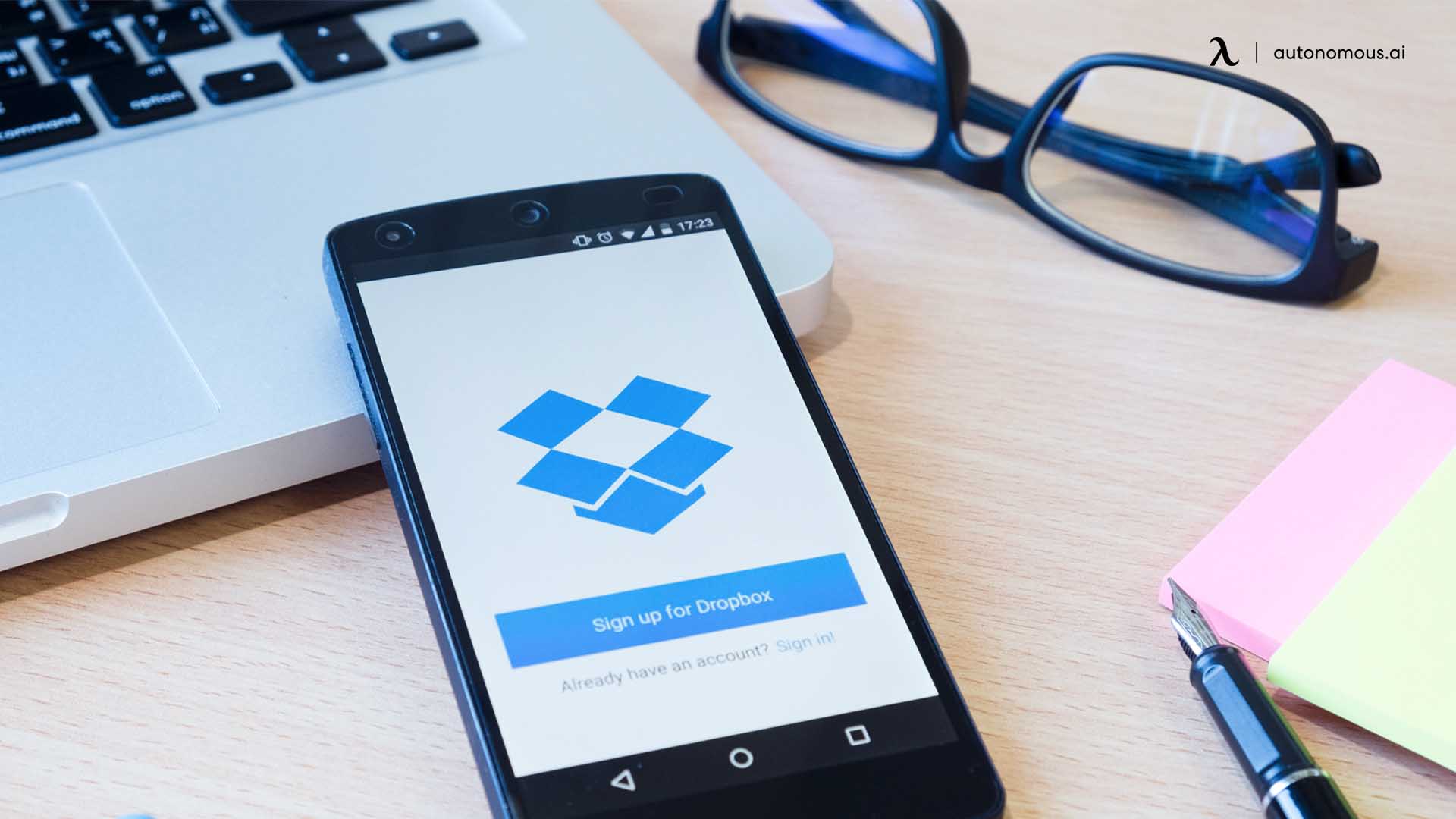 The last category to tackle consists of the paper that you want to save. This might include personal documents, letters from friends and family, or paper that you’d like to keep as a reference for a later time. While you have your reason for keeping this pile, it is still usually better to just recycle it all. And, you can always just take a picture or scan and upload it online instead.
The last category to tackle consists of the paper that you want to save. This might include personal documents, letters from friends and family, or paper that you’d like to keep as a reference for a later time. While you have your reason for keeping this pile, it is still usually better to just recycle it all. And, you can always just take a picture or scan and upload it online instead.
3. The 7-question checklist to reduce paper clutter
If you find yourself having some trouble deciding what to keep and what to discard, consider the following 7 questions:
- Why do you need this?
- When do you need this?
- How often do you look at it?
- Can you find the content online?
- Is it saved on your computer?
- Would it be a problem if you didn’t have this?
- Does it make you happy?
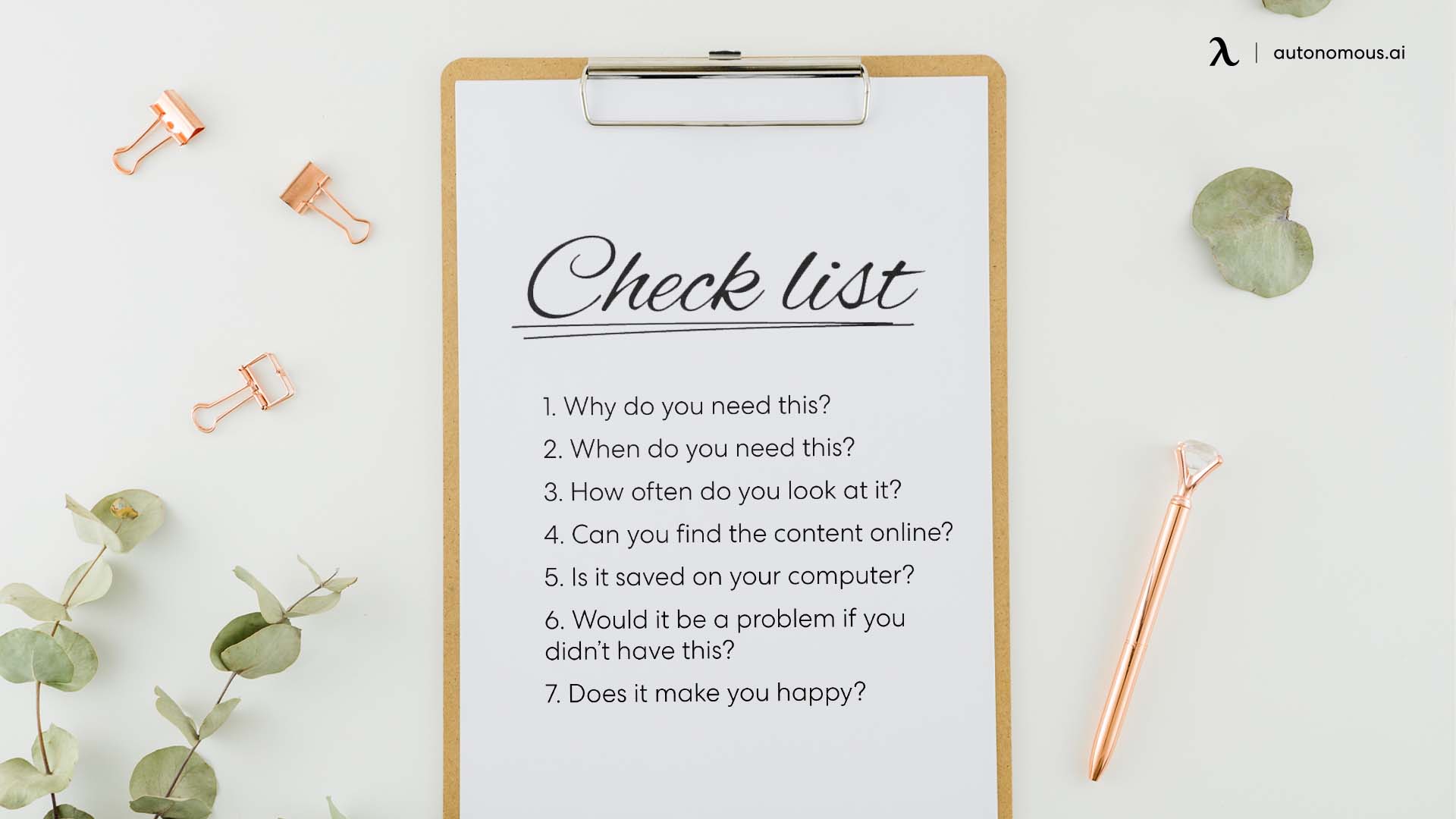 Also, keep in mind that you don’t have to go through everything in one day if your schedule or energy levels don’t permit you to do so. Instead, try devoting a minimum of five minutes a day to sorting through the paper clutter. Over time, you’ll find the piles easier to manage.
Also, keep in mind that you don’t have to go through everything in one day if your schedule or energy levels don’t permit you to do so. Instead, try devoting a minimum of five minutes a day to sorting through the paper clutter. Over time, you’ll find the piles easier to manage.
4. Storage rules
To avoid returning to a cluttered office space, it’s essential that you stay consistent and diligent in your approach. The best way to do this is to use the storage system that works best for you. Ultimately, the goal is to make your life easier. Once you’ve figured out an organizational system, start by categorizing the paper and labeling your folders or storage bins accordingly.
How you file your paper matters just as much as how you organize it. A hanging-file system can greatly improve your storing efficiency. Alternatively, a smart storage filing cabinet with customizable drawer dividers will help you to manage your paper more efficiently as well. Create a filing system that organizes the labeled folders in your filing cabinet so that the categories are easily accessible.
It’s good to use a logical system that lets you access what you need with ease when you need to reference or use them, such as filing alphabetically or chronologically. Storing them this way also helps you to easily see how much paper you’ve accumulated. Moreover, a modern filing cabinet can make for a great addition to your office decor and motivate you to be productive.
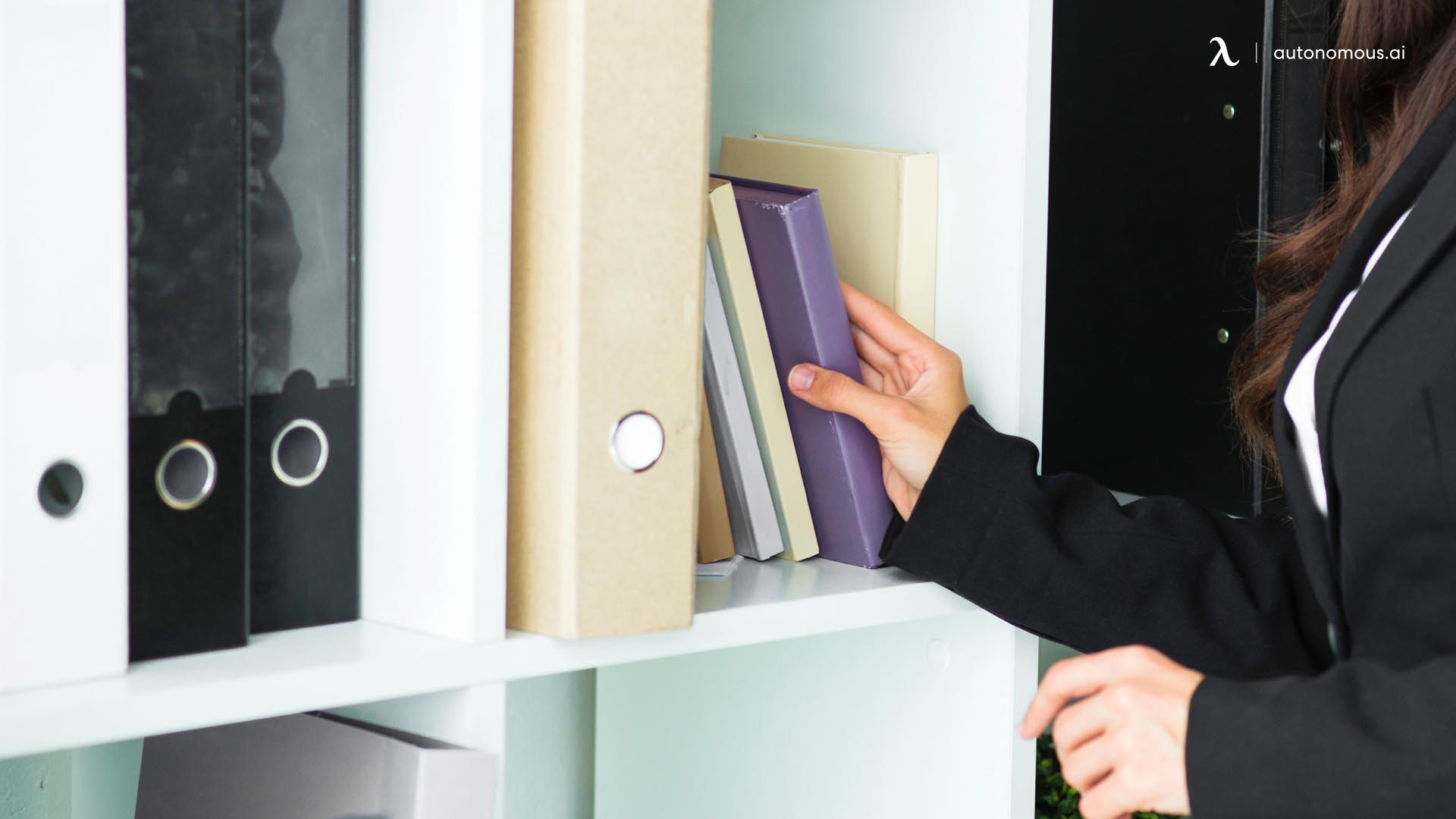 Only keep paper out on your desk if you need them that day. Otherwise, all your paper should be filed and organized. Once you’ve addressed the pending pile, recycle the paper that no longer needs to be kept.
Only keep paper out on your desk if you need them that day. Otherwise, all your paper should be filed and organized. Once you’ve addressed the pending pile, recycle the paper that no longer needs to be kept.
Now that you have your papers sorted, consider your workspace and decide how much space you actually need to choose the correct filing cabinet. When you reach this maximum space capacity, you will have to deal with paper clutter again.
That’s a signal that you either need to reexamine your current office setup or that you need to be more diligent about staying on top of your clutter. To avoid this hiccup, be mindful of incoming paper as your week continues. By checking your workspace regularly, you can keep your paper clutter to a minimum at all times.
Final thoughts
You can even take some additional steps to reduce future paper clutter. Take note of what you usually end up recycling right away from your incoming mail or other paperwork. If there is mail you can unsubscribe from, do so to save some time and save some trees. Digital notifications are a great alternative as well. Take a look at your bills and see if there are options to switch to electronic correspondence. Some companies even give discounts when you opt for this option!
While your paper clutter may look daunting, it can actually be quite simple so long as you stick to your system. Before you know it, you’ll be the most eco-friendly office in your neighborhood!
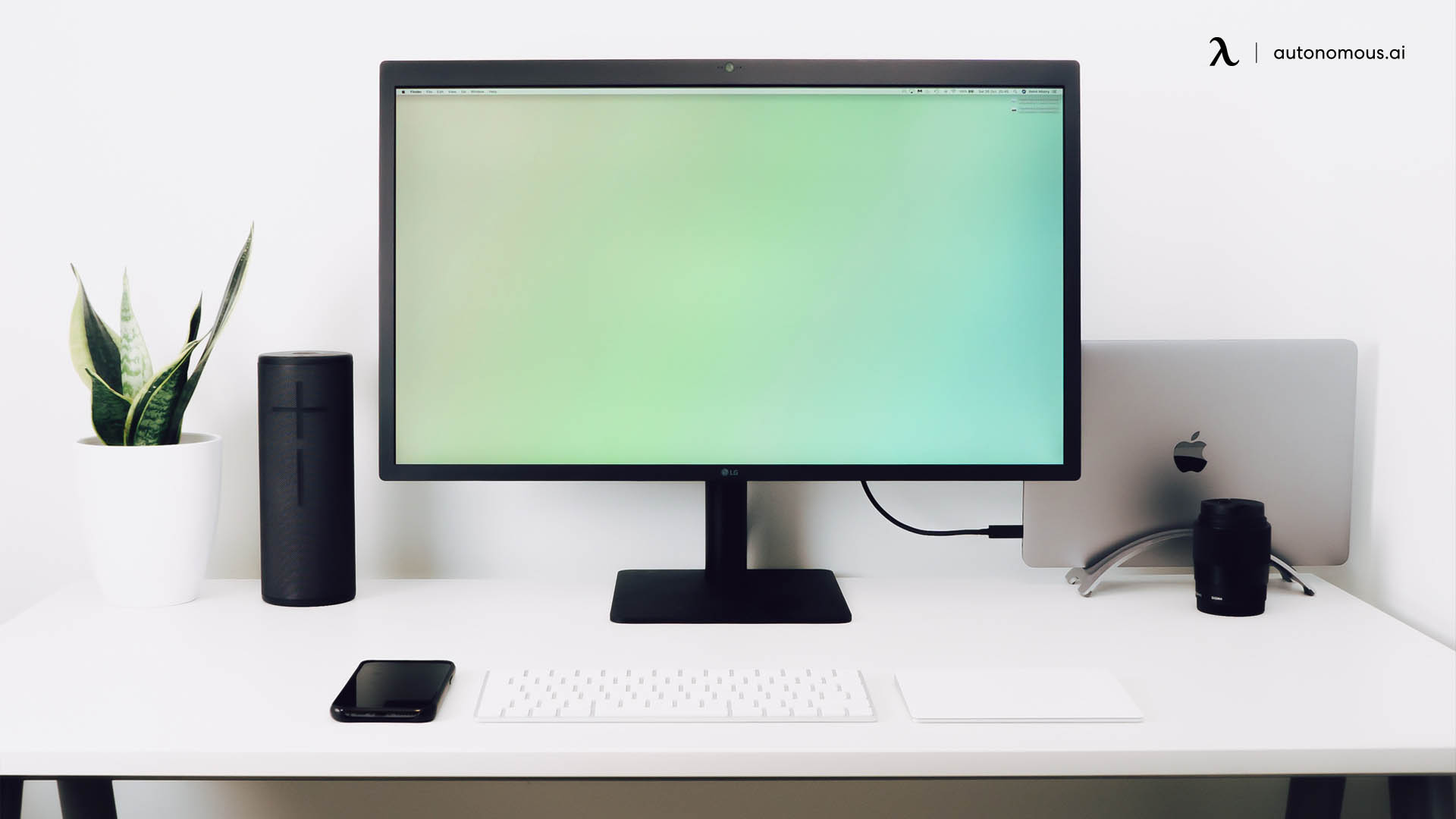
Subscribe for a 10% discount on your first order.
Sign up for our weekly update and be the first to know about our specials & promotions.
Spread the word

/https://storage.googleapis.com/s3-autonomous-upgrade-3/production/ecm/240417/april-10-off-offer-2024-1920x540-CTA.jpg)
/https://storage.googleapis.com/s3-autonomous-upgrade-3/production/ecm/240417/april-10-off-offer-2024-720x1200-CTA.jpg)
/https://storage.googleapis.com/s3-autonomous-upgrade-3/production/ecm/240415/bulk-order-apr-2024-offer-720x1200-CTA-min.jpg)

/https://storage.googleapis.com/s3-autonomous-upgrade-3/static/upload/images/new_post_author/natasha-palance-11.jpg)